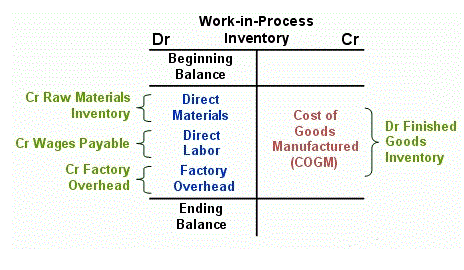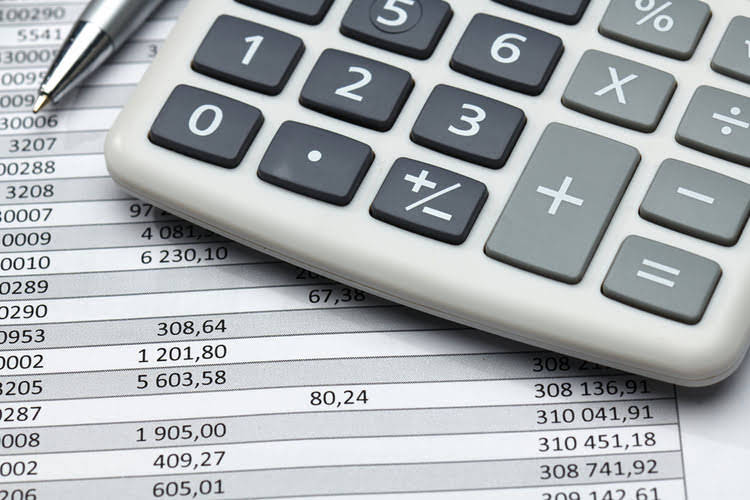Essential Aid Delivered to Flood Victims in Dahan Kandiwal and Familia Areas On May 29,…
Cost of Conversion: Cost of Conversion Components and Calculation for Manufacturing Inventory

From the definition, the conversion cost is a term used to refer to the costs incurred by a company while converting raw materials into furnished products that are up for sale in https://www.bookstime.com/ the market. Conversion costs include labour, raw material, machinery, etc, and other manufacturing overheads in the product’s manufacturing. In short, it is the cost of a product incurred by a company while manufacturing it.

ii. Re-evaluate Keywords With Low Conversion Rates

By calculating the conversion cost per unit or per output measure, managers can compare the performance and productivity of different production units, departments, or divisions. Managers can then use this information to allocate resources, set goals, reward or motivate the workers, or make outsourcing or insourcing decisions. Several factors can contribute to the difference between actual and budgeted conversion costs.
- Management can also benefit from using conversion costs, as they can be incorporated into the price setting process of a product to ensure that the target profit margin is achieved.
- The company hypothesizes that simplifying the process will lead to higher conversions.
- Calculating the cost of conversion accurately is essential for businesses to determine the overall production costs and make informed decisions.
- One of the key concepts in cost accounting and management is conversion cost, which is the sum of direct labor and manufacturing overhead costs incurred to produce a unit of product.
- Furthermore, it helps you to make favourable financial decisions that benefit you in the future.
- If you are an accountant or finance manager, then knowing the conversion costs can help you accurately measure the production estimates.
Company

Upon further analysis, it is discovered that the variance is primarily due to an increase in labor costs. The company can then explore ways to streamline the labor-intensive processes, negotiate better labor rates, or implement training programs to enhance workforce productivity and reduce conversion conversion cost formula costs. For example, they are often categorized as prime cost and conversion cost.
Understanding Conversion Cost: A Simple Guide for Beginners

Direct labor costs only comprise costs directly related to the workers who participated in the manufacture of completed items. For example, if a painter was hired to paint a car under construction, the painter’s salary would be included in the prime costs. Operations managers examine prime costs to ensure that the company’s production process is efficient. The calculation of prime costs also assists firms in setting prices that create an acceptable amount of profit.
What Are Conversion Costs in Accounting?
Conversion costs are calculated in order to know the cost per unit, which assists the company in deciding a price for the product. The cost of conversion analysis can have different implications and impacts for different stakeholders, such as owners, managers, employees, customers, and suppliers. For example, owners may want to minimize the cost of conversion to maximize profits, while managers what are retained earnings may want to increase the cost of conversion to improve quality and customer satisfaction.
- Visit the “Dimensions” tab in Google Ads, and you will see when you get the most conversions.
- You can track this data alongside your startup or business metrics and industry benchmark.
- They invested ₹2,00,000 in galvanised iron sheets, ₹1,50,00 in aluminium sheets, ₹80,000 on SBR tyres, and paid ₹1,00,000 as employee wages.
- Assume that there was no work in process inventory at the beginning and at the end of the accounting period.
Conversion costs are a vital component of production cost analysis, focusing on the expenses incurred to transform raw materials into finished goods. By including direct labor and manufacturing overhead, conversion costs provide valuable insights into production efficiency and cost structure. Direct labor costs constitute a significant portion of conversion costs. These costs include wages, salaries, and benefits paid to workers directly involved in the production process.
- In accounting, conversion costs represent the money spent on turning raw materials into finished products.
- Now, that may seem obvious, but it’s a point that gets lost when accountants start this analysis.
- In this section, we will explore these differences and similarities in more detail and provide some examples to illustrate them.
- You could use that information as an inspiration to make changes and see if you can improve it.
- Conversion cost is a vital metric for manufacturing and production businesses.
- You can use tools such as google PageSpeed insights, google Mobile-Friendly test, and GTmetrix to measure and improve the performance and responsiveness of your website.
The result would be less overall ad spend and a lower conversion cost. Remember that you can define conversion however you want, such as the number of sales and number of signups for your email list. Cost per conversion term is generally used in digital marketing which means the total cost paid for an advertisement in relation to the success in achieving the goal of that advertisement.


This Post Has 0 Comments